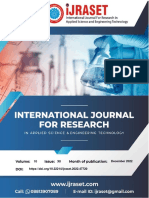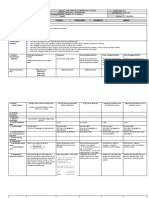0% found this document useful (0 votes)
3 views7 pagesInfoNote ScalingCIS
The report discusses a modular approach to innovation, specifically in developing and scaling Climate Information Services (CIS) to meet diverse farmer needs. It outlines the principles of modular design, emphasizing the need for context-specific solutions while reducing complexity for service providers. The document also highlights the importance of stakeholder collaboration and addresses potential limitations of modularity in the context of agricultural innovation.
Uploaded by
Peace AdedigbaCopyright
© © All Rights Reserved
We take content rights seriously. If you suspect this is your content, claim it here.
Available Formats
Download as PDF, TXT or read online on Scribd
0% found this document useful (0 votes)
3 views7 pagesInfoNote ScalingCIS
The report discusses a modular approach to innovation, specifically in developing and scaling Climate Information Services (CIS) to meet diverse farmer needs. It outlines the principles of modular design, emphasizing the need for context-specific solutions while reducing complexity for service providers. The document also highlights the importance of stakeholder collaboration and addresses potential limitations of modularity in the context of agricultural innovation.
Uploaded by
Peace AdedigbaCopyright
© © All Rights Reserved
We take content rights seriously. If you suspect this is your content, claim it here.
Available Formats
Download as PDF, TXT or read online on Scribd
/ 7


























































































